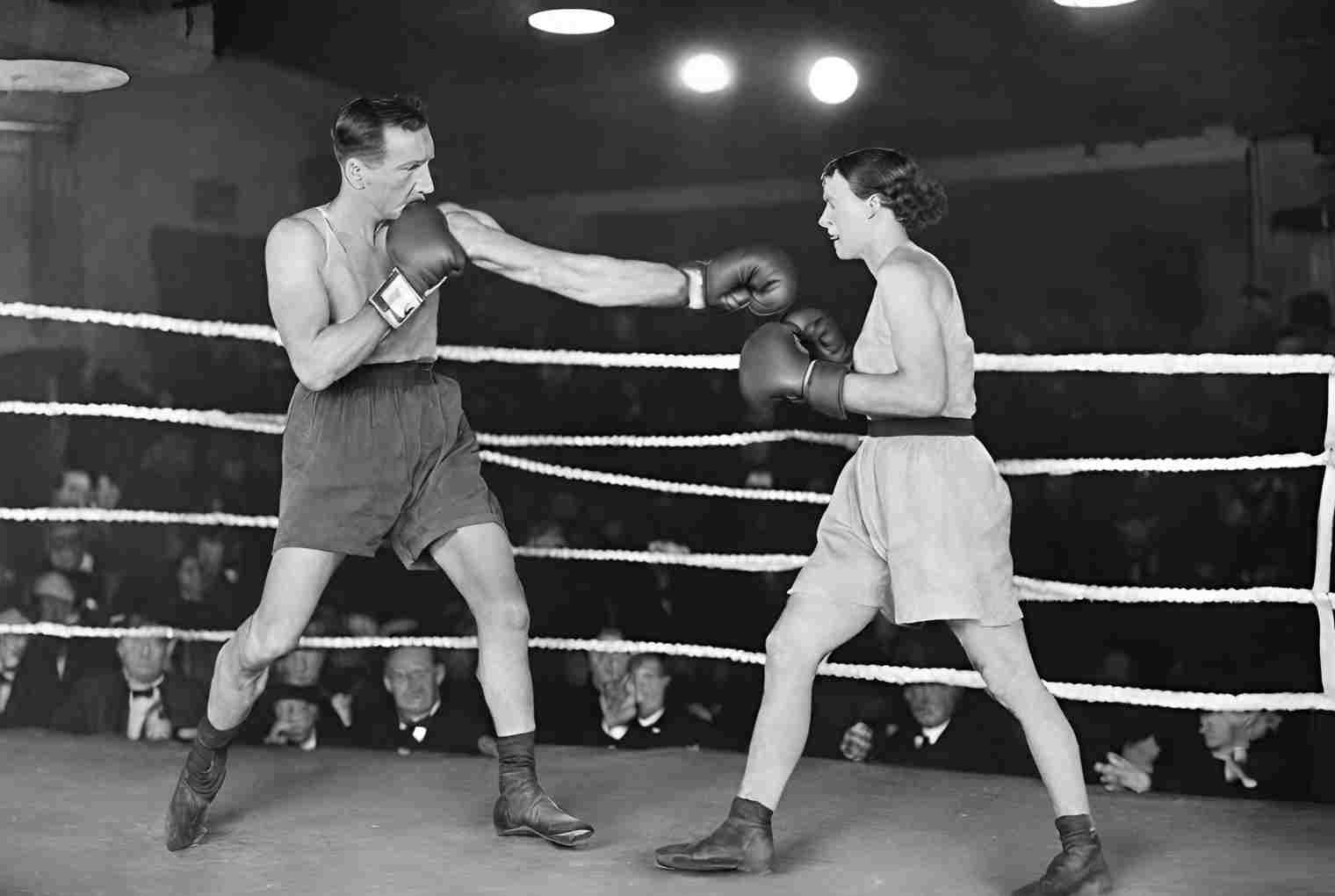Boxing is a combat sport that has evolved over the centuries, and its beginnings date back to ancient Egypt, where the first combats were fought between men and women. This sport has taken important steps to become the organized and highly regulated discipline known today. In this article, we will explain in detail the evolution of the sport, from its ancient roots to modern practices and the influence of boxing technology.
Primitive boxing
In its primitive form, there were no rules, so the fights could be brutal and even dangerous because the pugilists fought with bare fists, and there were no time limits or established rounds. Later, gloves that didn’t cover the fingers began to be used. These fights ended when one of the two fighters fell to the ground.
It should be noted that in 688 BC, boxing first appeared in the Olympic Games, being one of the first sports to be integrated into this type of event.
Roman era
During the Roman Empire, boxing continued to be popular. Initially, it was a discipline for slaves who tried to achieve fame to achieve freedom. At that time, iron nails were used inside the gloves, but these ended up causing the death of the rival. For this reason, some basic rules were introduced to make it safer for the boxers. Fighters began wearing leather bandages or straps around their hands to protect their knuckles and thus reduce damage. However, time limits and specific rounds still needed to be established. This type of combat became part of public events and festivals.
Boxing was seen as a tool for entertainment, but it was also considered indispensable when preparing for war.
Regulation process
Modern boxing began to take shape in England during the 18th century. In 1743, the famous Broughton Rule was promulgated, establishing some basic laws for fighting, such as the prohibition of striking an opponent when he was down and introducing a time limit for fights.
In 1867, the Queensberry Rules were implemented, marking an important milestone in the evolution of boxing. Through this regulation, padded gloves were established, matches were divided into three-minute rounds with breaks between them, and grabbing the opponent was prohibited. These new rules laid the foundations for modern boxing. It’s worth mentioning that these are still used in the boxing business today.

Organizations and championships
As boxing became more popular, different organizations emerged, and championships were established. In 1892, the National Boxing Association (NBA) was founded in the United States, which later became the World Boxing Association (WBA). Subsequently, notable institutions such as the World Boxing Council (WBC) and the International Boxing Organization (IBO) were created. These regulate professional boxing and recognize world champions in different weight categories.
Boxing in the modern era
Today, boxing has become one of the most popular and recognized sports worldwide. Strict regulations have been established to ensure the safety of boxers, such as pre-fight medical examinations, weight limits, and even regulated rounds. At this time, high competitiveness is a strong characteristic. Likewise, different styles of boxing have been developed, such as Olympic, amateur, and professional boxing, each with its own characteristics and specific rules.
As if that were not enough, the boxing industry has generated a tremendous cultural impact, inspiring the making of different films and literary works. It is considered a symbol of personal triumph, resistance, and courage. Likewise, it has functioned as a means for personal and social empowerment because it is a source of inspiration and a promoter of change due to its lessons, which apply to the sports field and life.
How is this sport projected in the future?
Boxing promises to become an even more exciting sport in the future as more talented young people make their careers. Its popularity has also increased among bettors worldwide.
Influenced by technology, the boxing industry will be able to experience a wide variety of advances that will benefit both the sport itself and the recovery of athletes, making them increasingly better in their discipline.
Influence of boxing technology
Among the most recent innovations, the SISU Sense system for ultra-thin mouthguards stands out. The aforementioned system can detect the magnitude of the impact the boxer may receive in the jaw and skull. Having exact information on the shape and direction in which the blow was delivered will favor the athlete’s recovery and allow instructors to modify boxing training to improve this.
The path that boxing has taken from its beginnings to the present has been remarkable. From primitive combat without rules to the establishment of strict regulations, it has gone from being a dangerous activity to an organized and highly competitive sport. Implementing padded gloves, regulated rounds, and safety measures has contributed to making boxing a safer and more accessible sport. With the passage of time and greater inclusion of boxing technology, many more tools will be evident that favor the safe execution of this sport, considerably reducing its danger, but its essence as an exciting and even challenging combat sport will endure.





